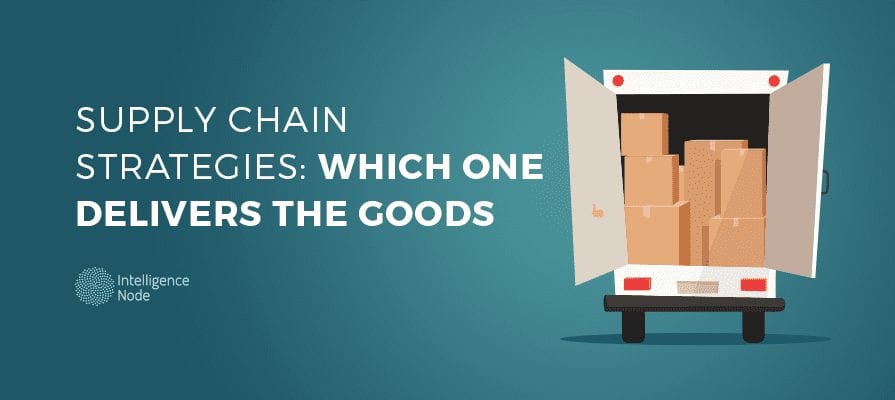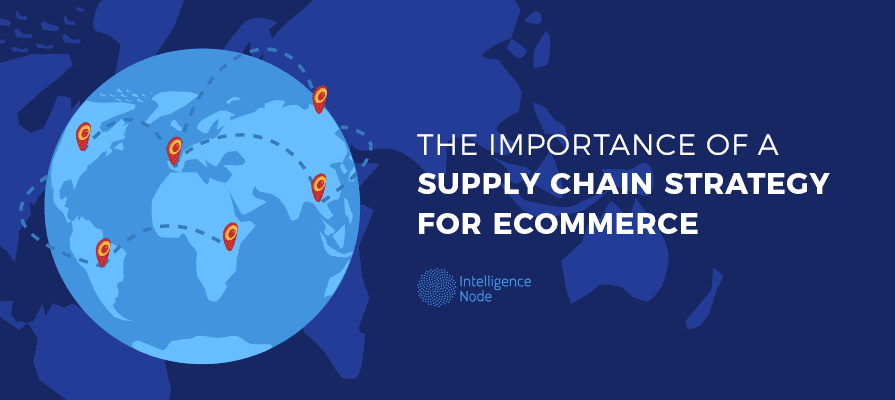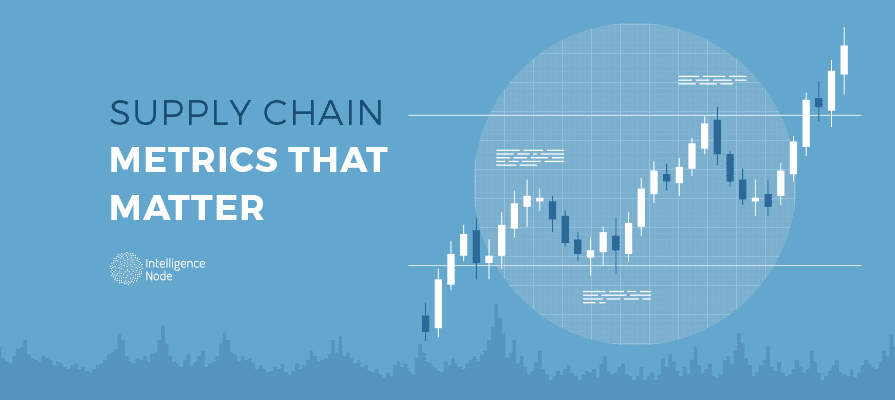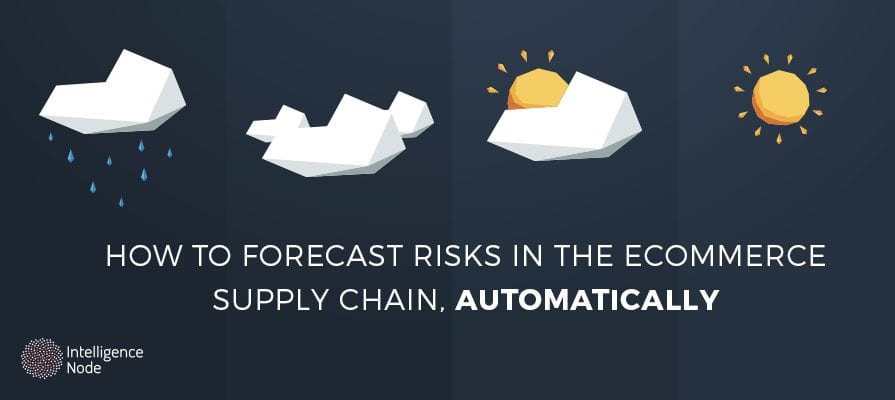The eCommerce world has certainly evolved in recent years, as more sophisticated technology has brought upon the rise of new business models and a mountain of fresh ideas regarding how companies can get their products and services into the hands of their target markets.
Perhaps most prominently, the importance of a solid supply chain — that is, the complete network a business uses to get its products from production to distribution — has become a growing theme among eCommerce thought leaders. In short, there’s never been a better time for to rethink the supply chain strategy your eCommerce business has in place.
Which Supply Chain Model Works For You?
So much hinges on your company’s supply chain that it is difficult to apply a one-size-fits-all approach to any given eCommerce business. Depending on your industry and what priorities you hold dear as you conduct business and engage with customers, any number of supply chain models may work best for you. Here are some of the most common approaches that you may wish to consider as you rethink your supply chain strategy, based on what you hold as your top priority:
- Efficiency: Some companies face such intense competition in their industry that they are often fighting for customers based on little more than price, since competing products lack much distinction. As a result, you may wish to maximize efficiency and streamline your supply chain that way. This will allow you to get the most out of your investment and foster a consistent relationship with customers through a flawless order fulfillment process.
- Speed: When your product’s demand threatens to exceed your supply or your product is capitalizing on a specific trend, you may want to employ a supply chain that emphasizes speed. In this case, how quickly you are able to turn around products is the most valuable asset you can offer customers and the most surefire way to eclipse your competitors. Your company would use demand to govern production, aiming to optimize market cost with a thorough understanding of trends and customer needs.
- Flexibility: If nothing else, the eCommerce world is known for its flexibility. Yet, this may hold truer to some industries than others, and companies who may face unexpected demand will do best to engage in a supply chain model that allows for swift action when called for. Customers’ needs will vary widely. So the ability to adapt your processes and work around each scenario will prove to be the foundation of your long-term success. If this applies to you, you may wish to offer customers a variety of shipping and delivery options.
- Continuity: Contrary to the “flexibility” approach, this one relies instead on a fairly stable supply and demand. If your industry and customer base allow it, having your supply chain processes scheduled in a steadier fashion may work out. This keeps products flowing at a continuous rate and is sure to keep customers satisfied, barring any unforeseen spike in demand. However, only employ this model if your supply chain is mature enough to sustain it, as the risk of having too little product to meet demand may prove too great otherwise.
- Customization: If your product is such that a high number of configurations exist, you may need to embrace the inherent chaos of it all and design your supply chain to fit this focus on customization. With the customer experience more important than ever, the chances that this model will apply to your business are fairly strong, especially since it serves to balance the costs of assets with the total cost in such a way that it doesn’t undercut your profits.
- Agility: Whereas the “customization” model has its sights set on a limited number of customer options, this one centers on an even higher level of mutability. Companies that specialize in products that are created specifically to the individual needs of each customer would benefit most from this approach. Such a model needs to be able to adjust on a whim and have enough moving parts in place throughout its supply chain to justify the freedom it provides to customers.
Plan for the Future
Certainly, you’ll have many decisions to make going forward as far as which supply chain strategy and accompanying principles you’ll choose to apply to your eCommerce business. As online retail continues to rise in prominence, the years ahead will no doubt see a great many trends rise to the surface.
Hopefully, the details above have helped crystallize and clarify your business priorities a bit, opening the doors of possibility for what your business may be able to accomplish in the future. Competition is certain to only intensify in the eCommerce space. So the sooner you sharpen your strategy across the board, the better off your business will be in the long run.
Moreover, for more strategy tips and invaluable insights into how your eCommerce business can make the most out of your supply chain, check out our new eBook, “The Black Belt Guide to Optimizing Your eCommerce Supply Chain.”





